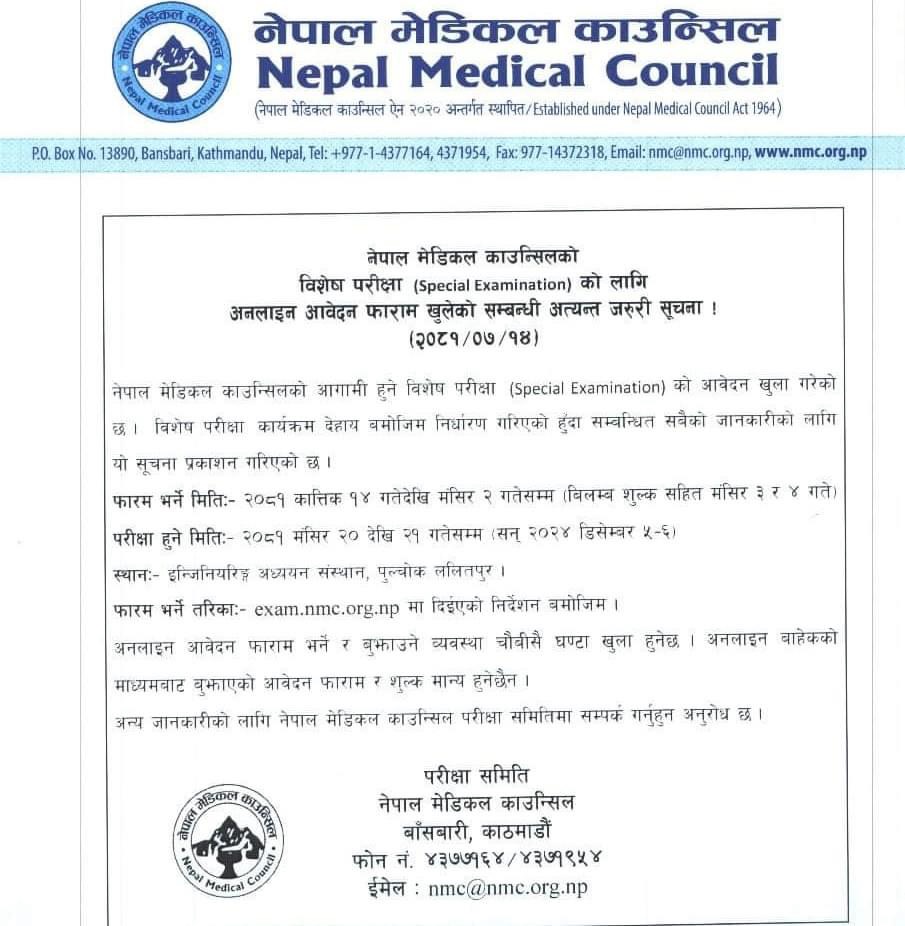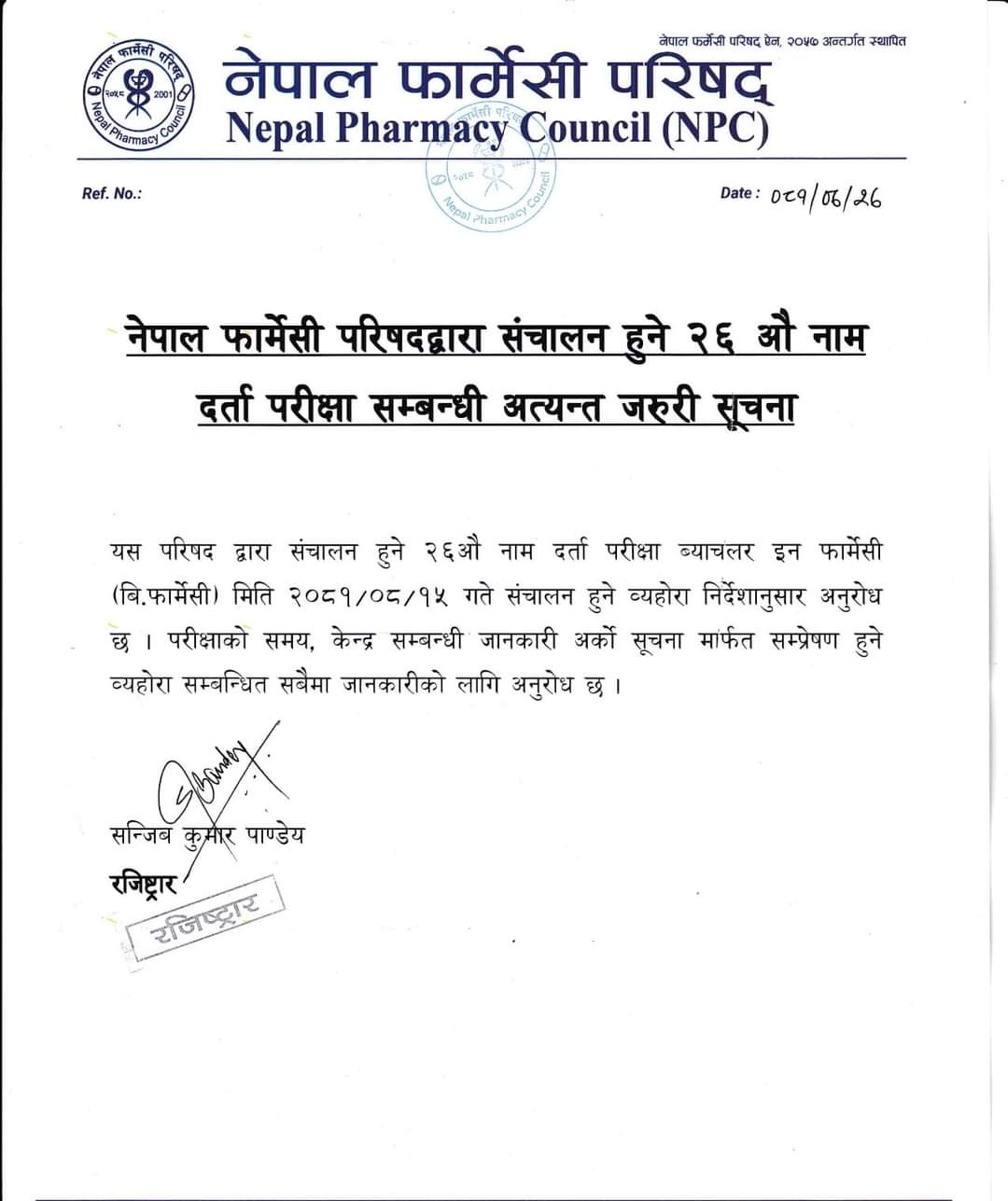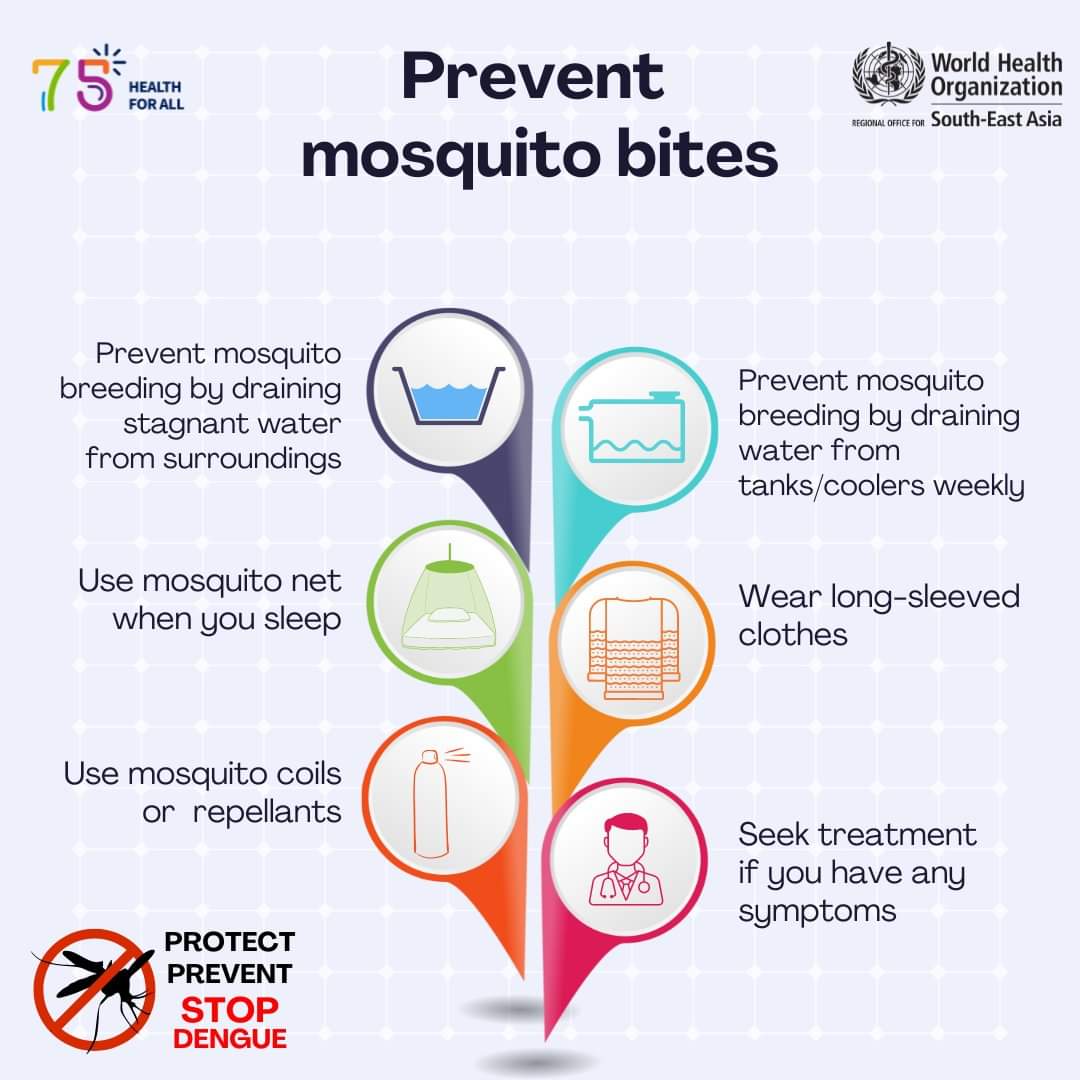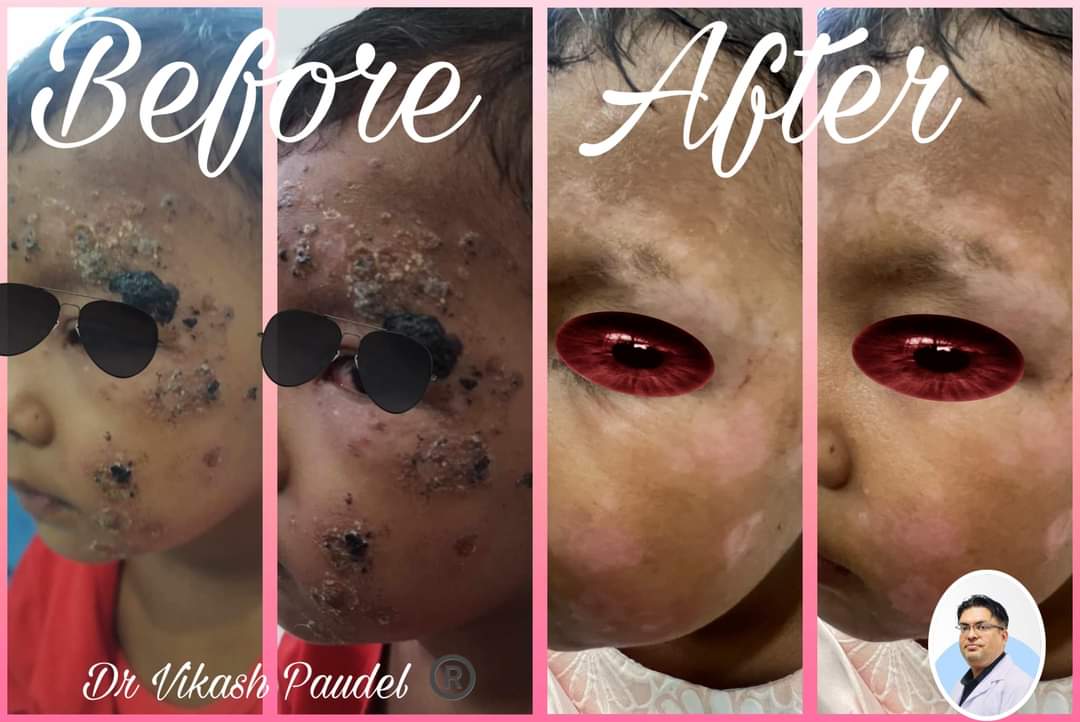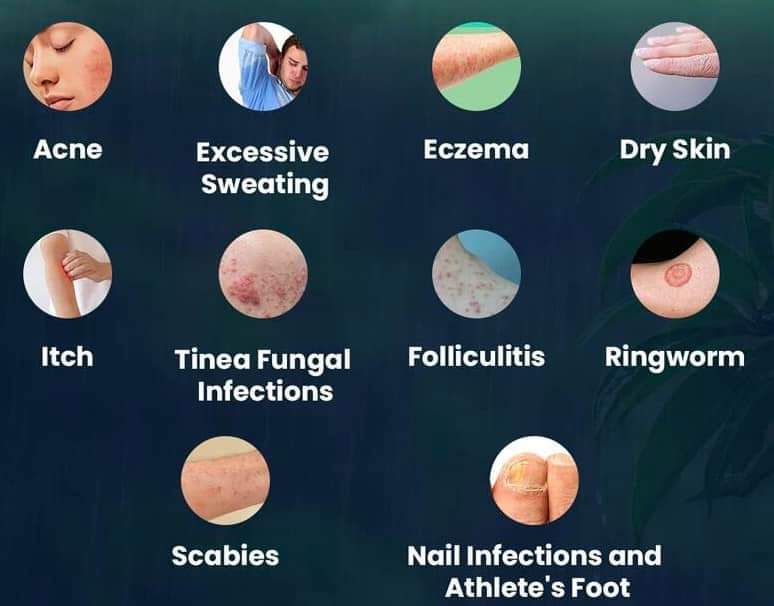
Vaccinating against rabies to save lives - WHO .As Dog bites cases are at Peak in Gorkha District Hospital-Sakar Poudel
Intradermal administration of a double dose of 0.1 ml of rabies vaccine . Dog bites cases are at Peak in Gorkha District Hospital. (Photo taken after consent from patient) via -Sakar paudel PAHS,Patan
Vaccinating against rabies to save lives
Human rabies is a 100% vaccine-preventable disease, yet it continues to kill.
Rabies vaccinations are highly effective, safe and well tolerated.
The WHO recommends 2 main immunization strategies for the prevention of human rabies:
- Post exposure prophylaxis (PEP) which includes extensive and thorough wound washing at the rabies-exposure site, together with rabies immunoglobulin (RIG) administration if indicated, and the administration of a course of several doses of rabies vaccine;
- Pre-exposure prophylaxis (PrEP) which is the administration of several doses of rabies vaccine to high risk populations before exposure to rabies.
For both PEP and PrEP, vaccines can be administered by either intra-dermal (ID) or intra-muscular (IM) routes. Previously WHO-recommended rabies vaccine schedules for IM administration remain acceptable, but the new ID administration schedules recommended by the WHO Strategic Advisory Group of Experts (SAGE) offer advantages through savings in costs, doses and time. Rabies vaccines: WHO position paper – April 2018
While deaths can be averted by human vaccination, this intervention alone will never eliminate the disease, and costs will only escalate over time. Investment in eliminating the risk of rabies at its source – dogs – is the most cost-effective measure. Vaccination of at least 70% of dogs in areas at risk is now accepted as the most effective way of preventing human rabies deaths.
Souce WHO/Rabies vaccination
